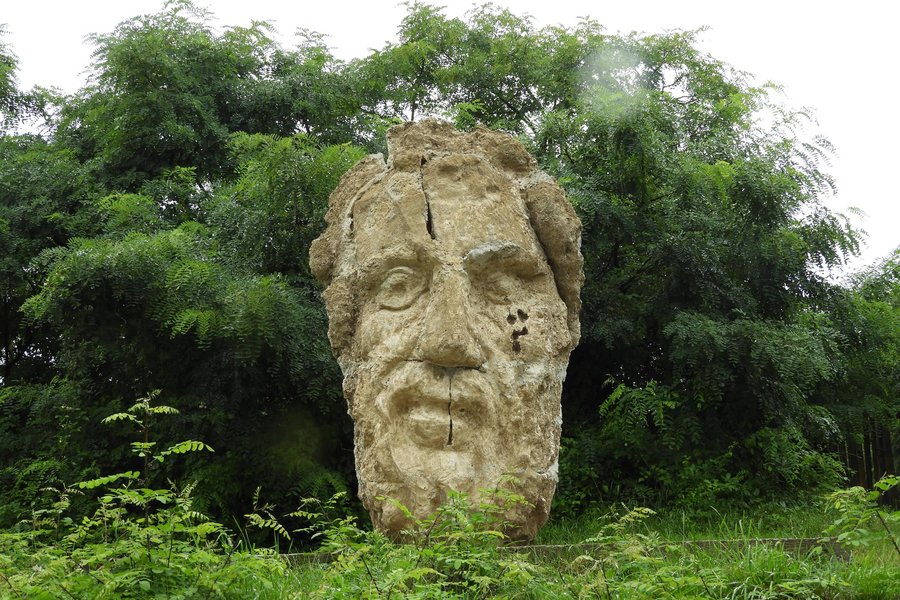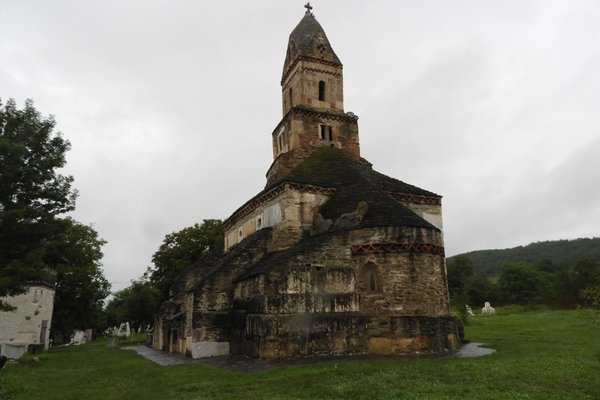Romania
L'église de Densus
Site Info
Official Information
- Full Name
- L'église de Densus (ID: 553)
- Country
- Romania
- Status
-
On tentative list 1991
Site history
History of L'église de Densus
- 1991: Added to Tentative List
- Added to tentative list
- 1990: Deferred
- Full evaluation required
- Type
- Cultural
- Criteria
Links
- UNESCO
- whc.unesco.org
All Links
UNESCO.org
- whc.unesco.org — whc.unesco.org
Community Information
- Community Category
- Religious structure: Christian
Travel Information
Recent Connections
News
No news.
Community Reviews
Show full reviews
The church of Densus is the most impressive example out of a group of ancient churches around the small town of Hateg, in the south-west of the Romanina region of Transylvania. There is a lot of old and on-going debates about many of this churches, and Densus is definitely the most debated. It is (seemingly) the oldest church in Romania.
There are several things making the church stand out of many religious monuments:
- very small size, pointing back to a time when village churches were hard to construct, but massive appearance
- most of the building material is of Roman origins - a very important Roman city as well as many smaller settlements lie nearby, and that provided the building materials (there are even a few carved stone with inscriptions in Latin in the church... and the four pillars are all made out of Roman pagan altars and toomb stones); also some Roman carved lions added to adorn the roof. One can easily write a book alone about the Roman material at Densus!
- the roof of the pyramid-shaped tower also consists of stone, insted of tiles or shindle (typical for the old churches in this region). The roof above the half-rounded choir is also made out of stone.
- strange architecture all together - it has some clear features pointing to the Romanesque, but it's an unusual Romanesque; or a Romanesque architecture addapted to the construction materials available (the four mentioned Roman pillars in the nave), as well …
Keep reading 0 comments
